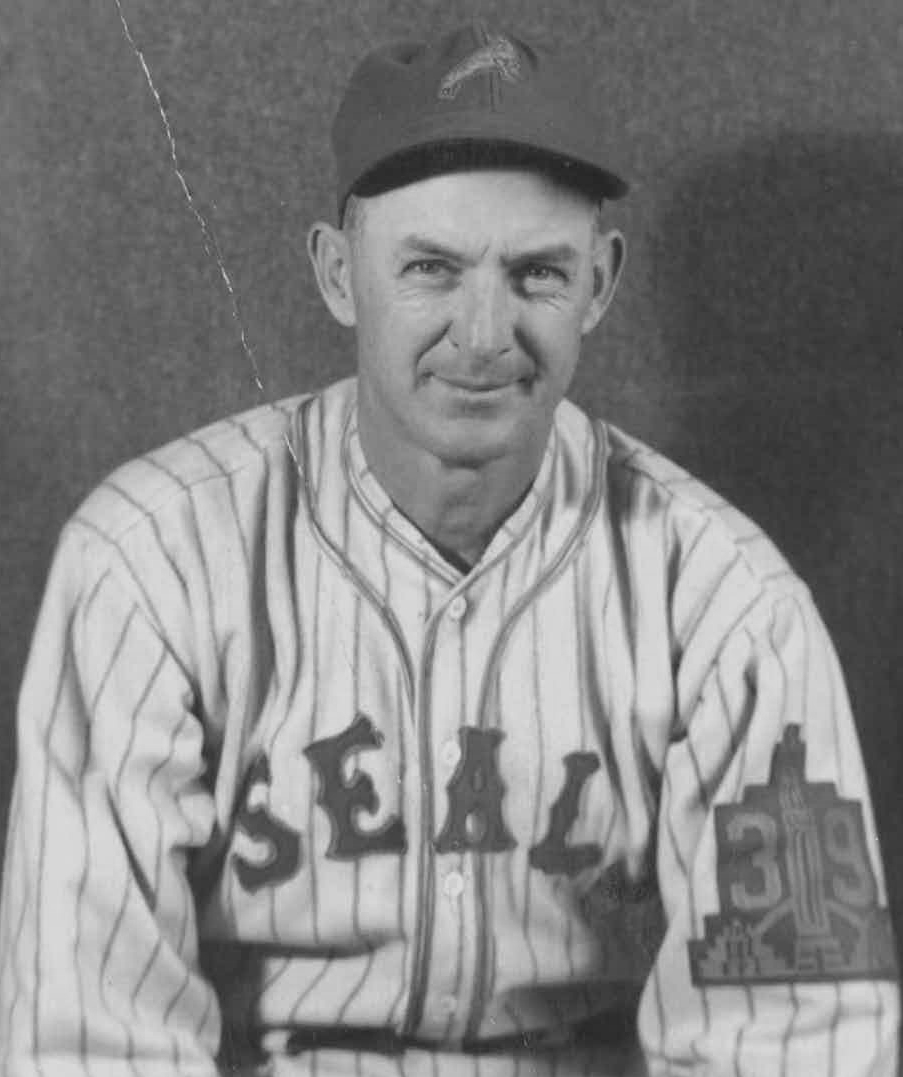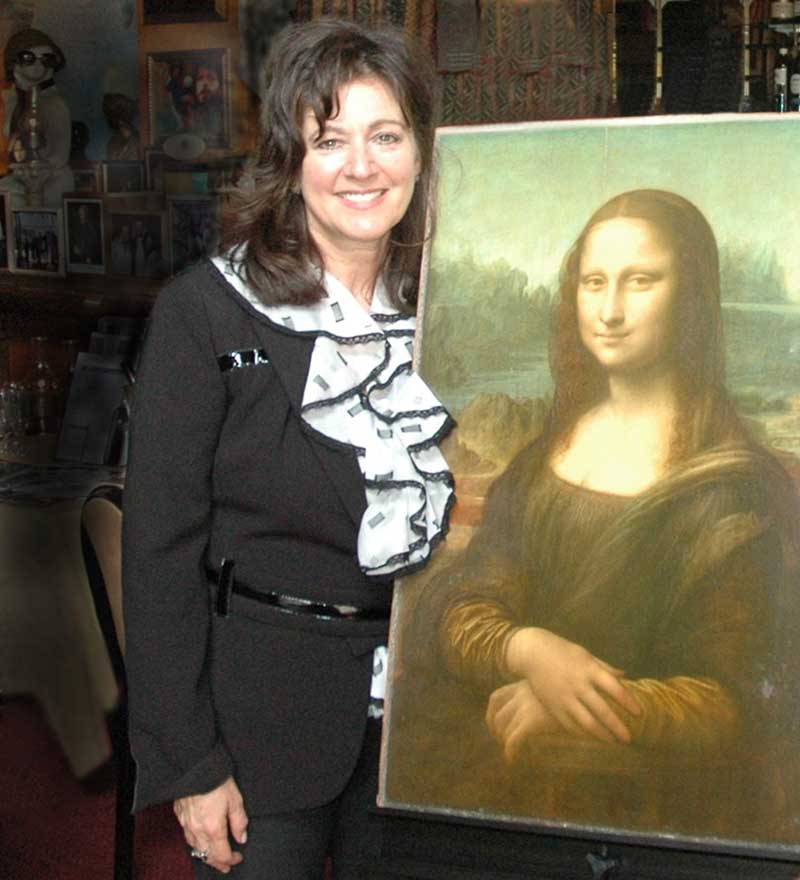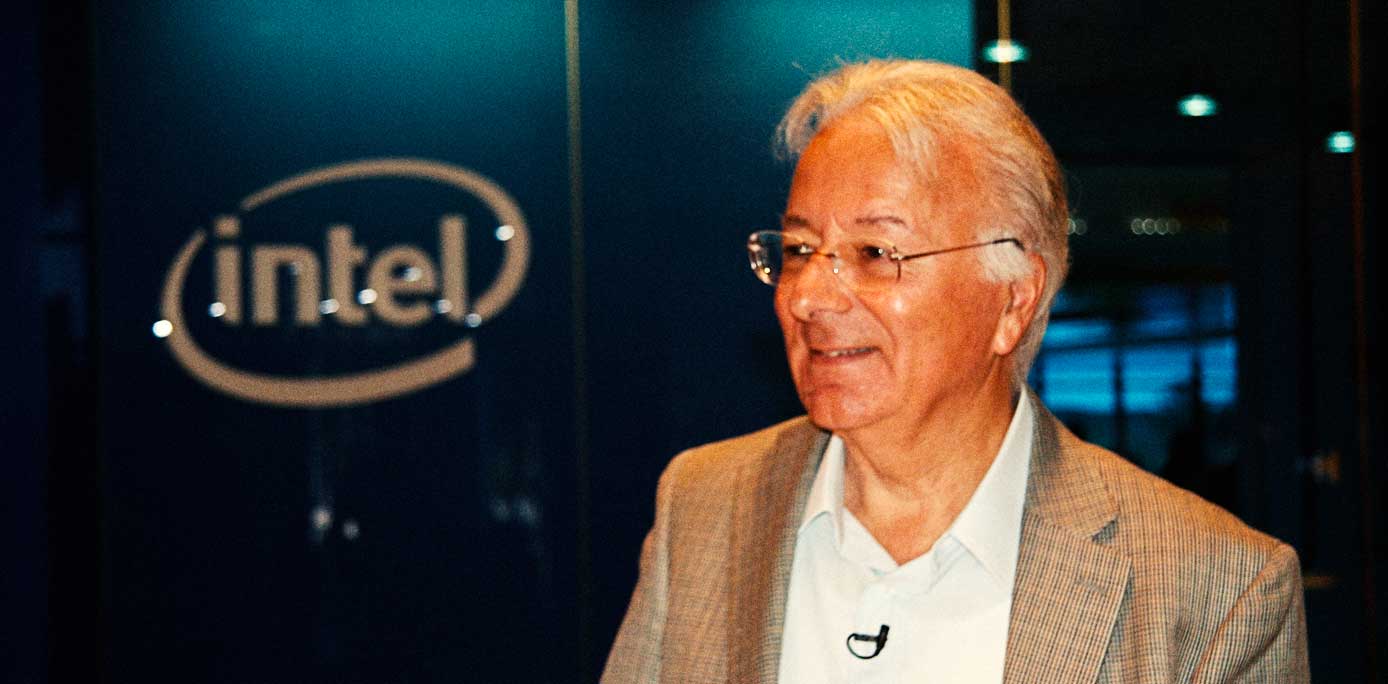Before San Francisco had bat-wielding orange and black Giants roaming the fields, baseball fields that is, Seals sauntered around our local stadiums, including Seals Stadium.
Exhilarated after the recent Giants’ World Series win, I pondered the bay area’s admirable baseball legacy. It is quite fine. And, while pondering, I realized there surely must have been many noteworthy Italian-American baseball players beyond, possibly the most famous, Joe DiMaggio. With interest peaked, my research began by scanning various photo collections, books, blogs, and, of course, websites. I was “at bat” looking for a home run with plans of hitting that ball right out of the park into San Francisco bay. Not so fast!
Apparently, I’m not the first person to think of this topic. It seems Majorleague.com has an interesting blog post, dated January 28, 2013, titled Italian-Americans at Bat: Let’s be honest. I was a touch disappointed to find that I was not the first person to discover this topic. The Italian-Americans at Bat: From Sand Lots to the Major Leagues (http://mlbforlife.com/2013/01/28/). traveling exhibition of baseball memorabilia celebrating the vast contributions of Italian Americans was on display in the Bay Area back in 2012, including at the Museo Italo Americano at Fort Mason in San Francisco.
Perhaps some of you were lucky enough to see it. I was not. Judging from the website, it was quite amazing. The website blog begins with “Who would have guessed that at least 454 Italian Americans have played baseball in the majors since 1897”. My response was “How many of those 454 played for the San Francisco Giants or the San Francisco Seals? Where does the story begin?
Probably not as far back as 1849 when it is said that Alexander Cartwright, “the father of baseball”, brought a baseball to San Francisco. According to the Daily Alta California newspaper of February 3, 1851, baseball was being played by a number of “sporting gentlemen”. Yes, before the San Francisco Giants, there were the San Francisco Seals, and actually, before the Seals there were dozens of baseball teams playing in sand lots throughout San Francisco, dating back to the mid-1800s. Several baseball fields occupied various locations probably beginning with the Presidio ballpark, and including Central Park, several incarnations of Recreation Park, Ewing Field, and Seals Stadium.
Seals Stadium was a minor league baseball stadium in San Francisco that opened in April 1931 and demolished in 1959, built for $600,000, at Bryant and 16th Streets. The stadium was built for the San Francisco Seals, members of the Pacific Coast League from 1903 until 1957 at which time they transferred to Arizona and the New York Giants moved to San Francisco. The team, and the stadium, was named for California Sea Lions and Harbor Seals plentiful in bay area waters.
Tracing the history of San Francisco’s ballparks is fairly straight forward, but it is not so for the role of Italian-Americans in San Francisco baseball’s evolution. While researching accounts of the rise in popularity of baseball, I was immediately struck with the absence of Italian surnames. List after list of players were dominated by English, Irish and German names. It was not until the turn of the 20th century did I begin to notice Italian names.
Of particular interest was the name Ping Bodie, clearly an alias. Ping was born Francesco Stephano Pezzolo, Americanized into Frank Stephen Bodie. As was the case with many Italian-Americans at that time, Francesco was well aware of the prevalence of discrimination against Italians so he went by the “baseball name” of Bodie named after the California town where his father had worked in the gold mines. He was nicknamed Ping because of the sound his bat made when it hit the ball. The earliest record I found for Ping was in the 1904 California State League roster where he is listed as playing at the Presidio ballpark. Ping’s concerns were not without precedence.
Most immigrants to the United States faced barriers and hardships as they struggled to integrate and assimilate into American culture. Of course, acceptance into sports was not the only problem faced by Italian immigrants.
Every time my mother and I walked past Caesars Restaurant at the corner of Bay and Powell Streets, the original site of the real beach that was North Beach, she would calmly repeat her melancholy story of being accosted by San Francisco police officers as a young immigrant to San Francisco during World War II. They would ask her for identification because she “looked Italian” and would warn her to stay at least two blocks from the waterfront lest she be detained. Imagine the bias young, athletic Italian men faced in those days. It’s no surprise that Ping changed his name.
These young men persevered by launching a significant and successful effort to assimilate into the all-American sport of baseball. Several decades later, well into the 20th century, Italian surnames became a welcomed addition to the American baseball scene, particularly with the San Francisco Seals.
According to some historians, The San Francisco Seals were the first baseball team of note in San Francisco. Although not the first team to embrace Italian-American players, it was the most successful and players of note included the three DiMaggio brothers, Joe, Vince and Dom. Frank Crosetti was a Seals infielder in 1930 that later played for the Yankees. Dario Lodigiani played for the Seals in 1950 and 1951. Noteworthy names like Camilli, Pinelli, Valla, Garibaldi, and Restelli are listed in bay area baseball rosters and there are dozens more deserving of their stellar records pounding turf and banging balls in fog-shrouded San Francisco baseball fields.
Joe DiMaggio is quoted as saying, “A ball player has to be kept hungry to become a big leaguer. That’s why no boy from a rich family has ever made the big leagues.” Now Joe has a playground named after him in San Francisco’s North Beach. Hai fatto bene, Joe.
Is it possible to sum up over 160 years of San Francisco’s baseball legacy in this one article? Of course not, but I had to give it a try so when the Giants win the World Series again, and they will win again, we will remember and appreciate Italian-Americans’ role in baseball history.






























